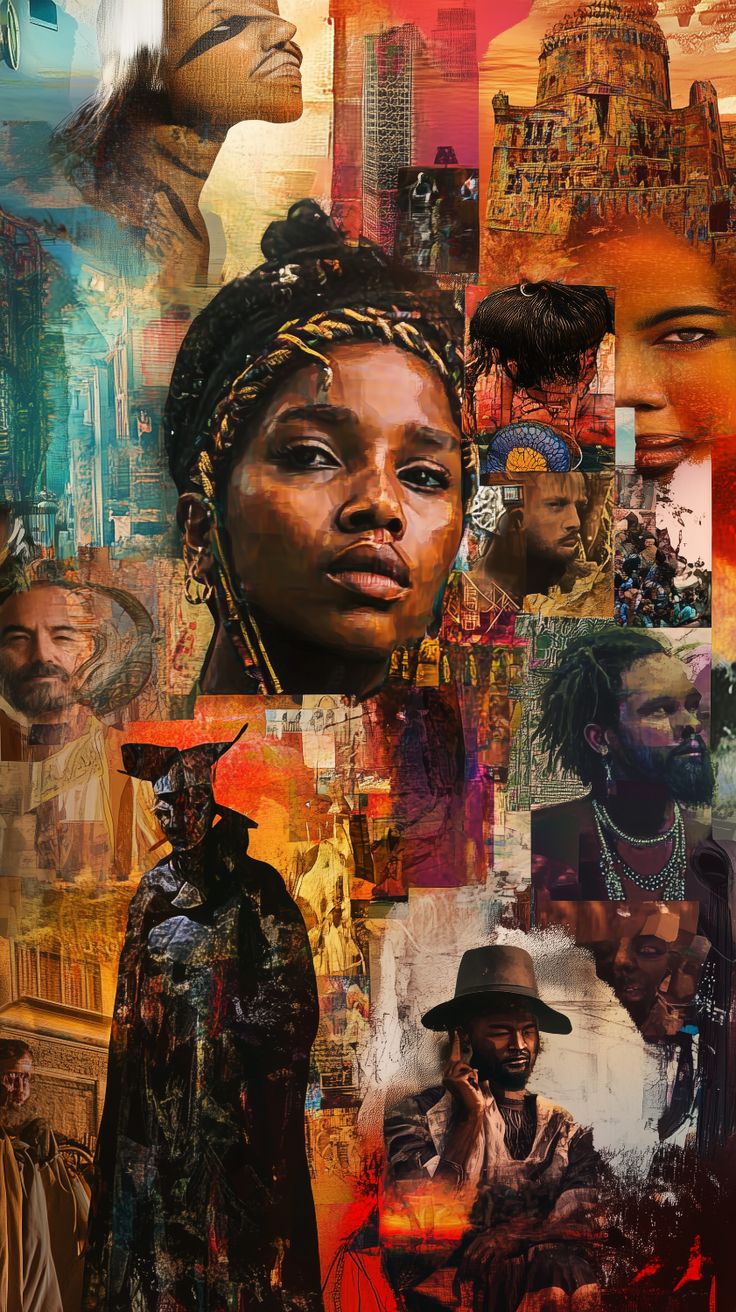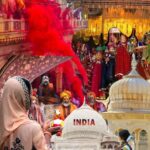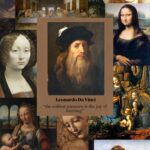Popular Arts and Culture Icons: Shaping Society Through Creativity and Innovation
Arts and Culture Icons Throughout history, a handful of individuals have emerged as powerful forces in the world of arts and culture. These icons have not only defined the artistic landscape of their times but have also left lasting legacies that continue to inspire and shape society today. Their contributions in areas such as visual arts, music, literature, film, and performance have transcended boundaries, influencing generations of artists, thinkers, and everyday people alike.
In this article, we explore five of the most influential arts and culture icons who have made a profound impact on our world. From their transformative work to their enduring influence, these figures have contributed to the evolution of human creativity and culture.
1. Pablo Picasso: The Revolutionary Master of Modern Art
Pablo Picasso (1881–1973) is widely regarded as one of the most influential artists of the 20th century. As a co-founder of the Cubist movement and a prolific creator, Picasso revolutionized the way the world perceived and engaged with art. His innovative approach to form, perspective, and abstraction reshaped the entire art world. Works such as Guernica and Les Demoiselles d’Avignon are some of his masterpieces, pushing the boundaries of visual art and challenging traditional conventions.
Picasso’s impact on society extends beyond his artwork. His bold experimentation with various styles and his willingness to break free from traditional norms have inspired countless artists to pursue new paths of expression. Picasso’s influence is felt in every corner of the art world, from contemporary galleries to modern design and visual storytelling.
2. Maya Angelou: A Voice of Empowerment and Wisdom
Maya Angelou (1928–2014) was an American poet, author, and civil rights activist whose works have inspired generations with their powerful messages of resilience, equality, and hope. Best known for her autobiographies, including I Know Why the Caged Bird Sings, Angelou gave voice to the experiences of African American women, offering profound insights into race, identity, and personal struggle.
Her impact on society has been monumental. Through her writing and public speaking, Angelou gave people the courage to face adversity and embrace their own power. Her literary contributions not only provided a platform for marginalized voices but also helped elevate the role of women in literature. Angelou’s words continue to inspire readers and activists alike, reminding us of the importance of justice, compassion, and strength in the face of hardship.
3. David Bowie: The Genre-Defying Icon of Music and Fashion
David Bowie (1947–2016) was a British singer, songwriter, and actor whose career spanned over five decades. Known for his genre-defying music and theatrical persona, Bowie continually reinvented himself, blending rock, glam, soul, and electronic music with an ever-evolving style. His albums, such as The Rise and Fall of Ziggy Stardust and the Spiders from Mars and Heroes, are celebrated for their innovative sound and cultural significance.
Bowie’s influence reaches far beyond music. His bold fashion choices, boundary-pushing visual aesthetics, and exploration of identity and sexuality in his art made him an icon for personal expression and freedom. He not only challenged the conventions of his time but also helped pave the way for LGBTQ+ representation in popular culture. Bowie’s fearless creativity and open-mindedness continue to inspire musicians, artists, and fans around the world.
4. Frida Kahlo: The Icon of Personal and Political Expression
Frida Kahlo (1907–1954) was a Mexican painter known for her vivid, surreal self-portraits that explored themes of identity, suffering, and empowerment. Drawing inspiration from Mexican folk art, surrealism, and her own life experiences, Kahlo’s work became a visual testament to her personal struggles, including chronic pain, mental health challenges, and political activism. Her iconic paintings, such as The Two Fridas and Self-Portrait with Thorn Necklace and Hummingbird, express deep emotions and a powerful narrative of resilience.
Kahlo’s impact extends far beyond her artwork. As a feminist, she broke barriers in a male-dominated art world, proving that women could make an indelible mark on culture. Kahlo’s unapologetic embrace of her physical and emotional pain also paved the way for broader discussions on mental health, body image, and gender equality. Today, Kahlo remains an enduring symbol of strength, individuality, and authenticity.
5. William Shakespeare: The Timeless Genius of Literature
William Shakespeare (1564–1616) is often referred to as the greatest writer in the English language and one of the most influential figures in world literature. His works, which include Hamlet, Macbeth, Romeo and Juliet, and A Midsummer Night’s Dream, have become pillars of literary tradition. Shakespeare’s keen understanding of human nature, his ability to craft complex characters, and his mastery of language have made his plays timeless.
Shakespeare’s influence is immeasurable. His works have shaped not only literature but also the world’s theater, film, and culture. His themes of love, jealousy, power, betrayal, and redemption resonate across time and place, making his stories relatable to people from all walks of life. His language has enriched the English vocabulary, and his characters continue to inspire writers, actors, and creators in every medium. Shakespeare’s lasting impact on society has solidified his position as an enduring icon in the world of arts and culture.
Impact on Society: The Power of Arts and Culture Icons
The influence of arts and culture icons like Picasso, Angelou, Bowie, Kahlo, and Shakespeare extends far beyond their individual works. They have the power to shape public discourse, challenge societal norms, and inspire movements for change. These figures have touched lives in profound ways, not only through their creativity but also through their messages of resilience, empowerment, and self-expression.
- Challenging Boundaries: Whether it’s Picasso’s innovative art or Bowie’s exploration of gender and identity, these icons pushed boundaries in ways that challenged traditional conventions. They created space for others to explore and express themselves without fear of judgment.
- Social Justice and Activism: Artists like Maya Angelou and Frida Kahlo used their work to advocate for social justice and equality. They became voices for marginalized communities, helping to bring important issues to the forefront of cultural consciousness.
- Inspiration and Empowerment: These icons have empowered countless individuals to embrace their own creativity, resilience, and identity. They have shown that it’s possible to overcome obstacles and make a meaningful impact on the world.
- Cultural Evolution: The work of these icons has shaped the course of art, literature, music, and fashion, influencing generations of creators and ensuring that their contributions remain relevant in contemporary culture.
FAQs About Popular Arts and Culture Icons
- Who are some examples of popular arts and culture icons? Examples include Pablo Picasso, Maya Angelou, David Bowie, Frida Kahlo, and William Shakespeare. These figures have made significant contributions to art, literature, music, and culture.
- What makes these individuals cultural icons? Their groundbreaking contributions to their respective fields, their ability to challenge societal norms, and their enduring influence on future generations of artists and creators have made them cultural icons.
- How have arts and culture icons impacted society? They have influenced societal values, inspired social movements, and changed the way we perceive identity, creativity, and human experiences.
- Why are arts and culture icons important? They help shape our understanding of the world and provide inspiration for future generations. Their work continues to inspire creativity, promote social change, and foster cultural dialogue.
Conclusion: The Legacy of Arts and Culture Icons
The impact of arts and culture icons is immeasurable. From Picasso’s art to Shakespeare’s literature, these figures have shaped the way we see the world, ourselves, and each other. Their contributions continue to inspire, challenge, and empower individuals across the globe, leaving behind legacies that will endure for generations to come. Their influence remains a testament to the power of art, creativity, and human expression.










